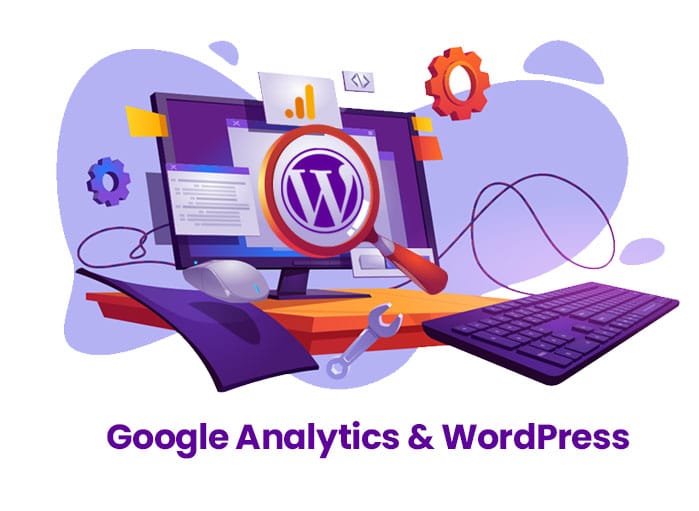
Proprietary vs. Open-Source CMS For Higher Education Websites: A Comprehensive Comparison
Tags: Cascade CMS,Higher Education CMS,Open Source CMS


Ask any higher education institution and they will tell you that in the modern age, a website is not simply a virtual brochure for the institution – it is, as a matter of fact, a dynamic hub for student engagement, faculty collaboration, and alumni connections. And at the heart of this digital ecosystem is the Content Management System (CMS), a.k.a. the tool that helps build, manage, and update website content without needing to touch a line of code.
But with so many CMS options available in the market, selecting the right one can prove to be an onerous task. Think about it — should one opt for sleek, proprietary solutions such as Cascade CMS, which offer high-quality templates and dedicated support, or do you embrace community-driven open-source CMS platforms such as WordPress or Drupal?
Nowhere is this decision more critical than in the world of higher education websites, where seamlessly conveying information to diverse audiences is quite important. So, as institutions contend for a distinctive online presence that is both engaging and functional, the choice between proprietary and open-source CMS becomes a pivotal decision.
So, read along as I take you on a deep dive into the world of CMS options, comparing and contrasting proprietary and open-source solutions to help you navigate the maze and find the perfect fit for your higher ed website.
Cascade CMS vs Open-Source CMS: 5 Key Factors Compared
1. Cost
Since Cascade CMS is a proprietary solution, it follows a structured pricing model with varying tiers to cater to different feature requirements and levels of website complexity. The upfront investment with this one can range between $20,000 to $100,000 or more, depending on the features you select. It is also worth noting that Cascade CMS’ pricing model provides clarity on upfront as well as ongoing expenses.
Things are a bit different with open-source CMS platforms such as Drupal and WordPress: while the software itself is free, you must factor in expenses for hosting, development, plugins, and themes. While hosting costs typically are not too high, one must keep a careful eye on the cumulative expenses of hosting, development, and plugins since they tend to add up over time.
2. Customization
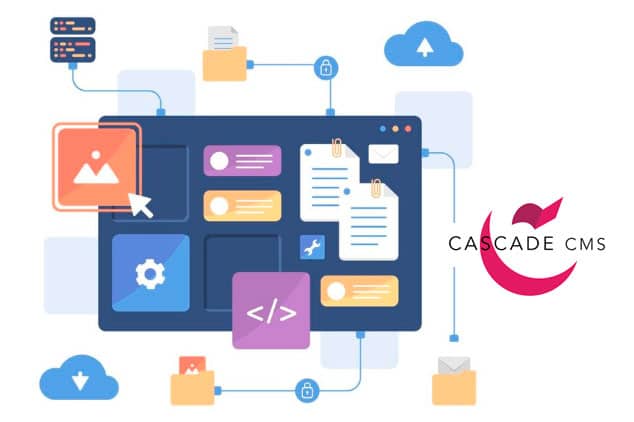
When it comes to customization, Cascade CMS manages to stand out owing to its provision of various in-built templates and modules that are tailored specifically for higher education. And even though these templates do a solid job with helping institutes set up a robust foundation for common website needs, the degree of customization may feel a tad constrained as compared to open-source alternatives. Nonetheless, one cannot ignore the significantly reduced risk of website disruptions due to conflicts arising from custom code implementations with Cascade.
Customization is the primary USP of open-source solutions. Such platforms provide access to a vast repository of freely available plugins and themes, which can be used to personalize websites precisely. This freedom also extends to the development of custom themes and plugins, by the way.
3. User-Friendliness
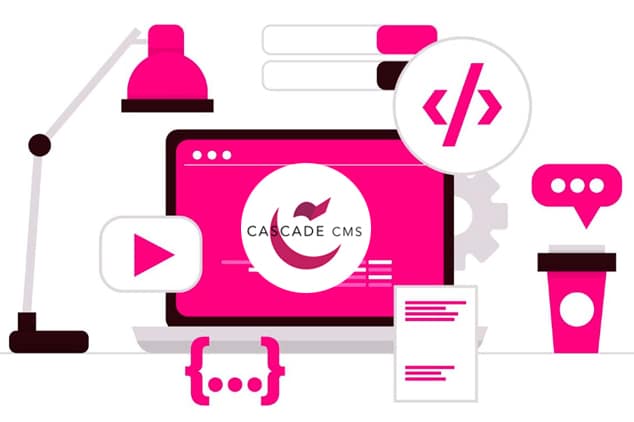
Yet another area where the Cascade CMS stands out is its commitment to user-friendliness. The platform gets an intuitive interface as well as a rock-solid WYSIWYG editor. Cascade has been engineered in a fashion so as to allow both technical and non-technical users work with Cascade, simplifying content creation with drag-and-drop functionalities and pre-built modules.
This is not the case with open-source CMS which typically have a steep learning curve. On the other hand, they do offer a high degree of configurability, allowing users to adapt the interface to their own requirements. And sure enough, plugins are available too but the fact remains that managing and updating plugins can be time-consuming and potentially pose several challenges.
4. Updates
With the Cascade CMS, updates are seamlessly handled and that too entirely by the vendor. Let us not forget the automatic rollouts and centralized control to make sure that all users of the CMS are on the same version and this, in turn, minimizes compatibility issues and fortifies the website’s security.
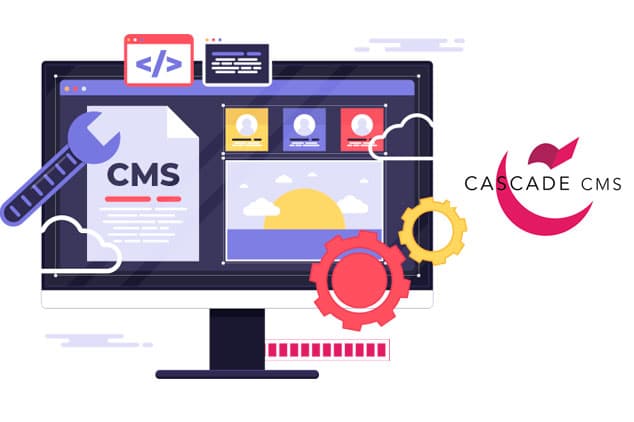
Updates are a shared responsibility with open-source CMS, meaning users can choose to update core software, plugins, and themes manually or depend on automated update notifications. While such flexibility offers the ability to set up an update schedule that works for your institution’s needs, this control also means that you are responsible for ensuring timely updates to prevent security risks.
5. Support
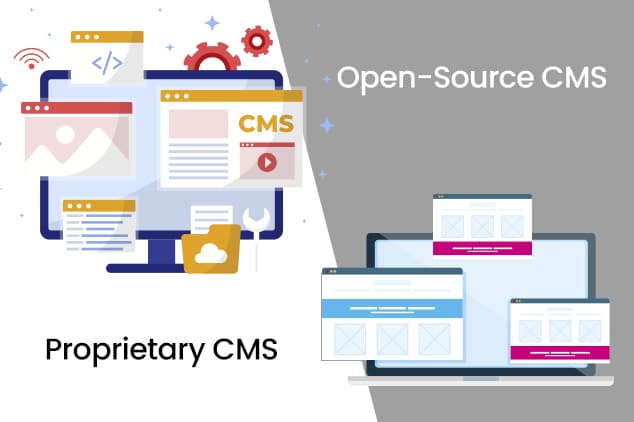
Cascade CMS fares quite well in the support department, thanks to its dedicated, vendor-provided support accessible through a variety of channels, such as phone, email, and online chat. This ability to directly connect to experts who are well experienced with the platform translates into high-quality assistance, while also ensuring guaranteed resolution and convenience.
Open-source CMS, on the other hand, are driven by their respective online community for support. This community-driven approach brings with it an array of resources such as documentation, tutorials, etc. Clearly, such CMS offer cost-effective access to a whole lot of knowledge, but they also tend to need more time and technical expertise to navigate.
Ultimately, the choice between a proprietary CMS such as Cascade and an open-source platform such as Drupal or WordPress is and must remain a deeply individual one for your institution. Each institution grapples with unique challenges and aspirations, making the choice between proprietary and open-source CMS a nuanced decision. It is a decision that must be based on your budget, technical skills, and desired level of control. While open-source offers the alluring freedom of customization and community, proprietary solutions bring expert support and a streamlined experience to the table.
If you seek elegance, dedicated support, and a platform built with the specific needs of academia for your higher education website, then Cascade CMS might just be the answer to your questions. Its widespread adoption within higher education speaks volumes, showcasing a community of institutions that have found in Cascade a trusted partner for their digital journeys.
To cut a long story short, make sure to weigh the factors, consider your needs, before choosing the CMS for your higher education website. And if you need some help picking a CMS or require expertise to execute the integration, reaching out to qualified experts, such as the folks at eWay Corp is another way to go about it.

